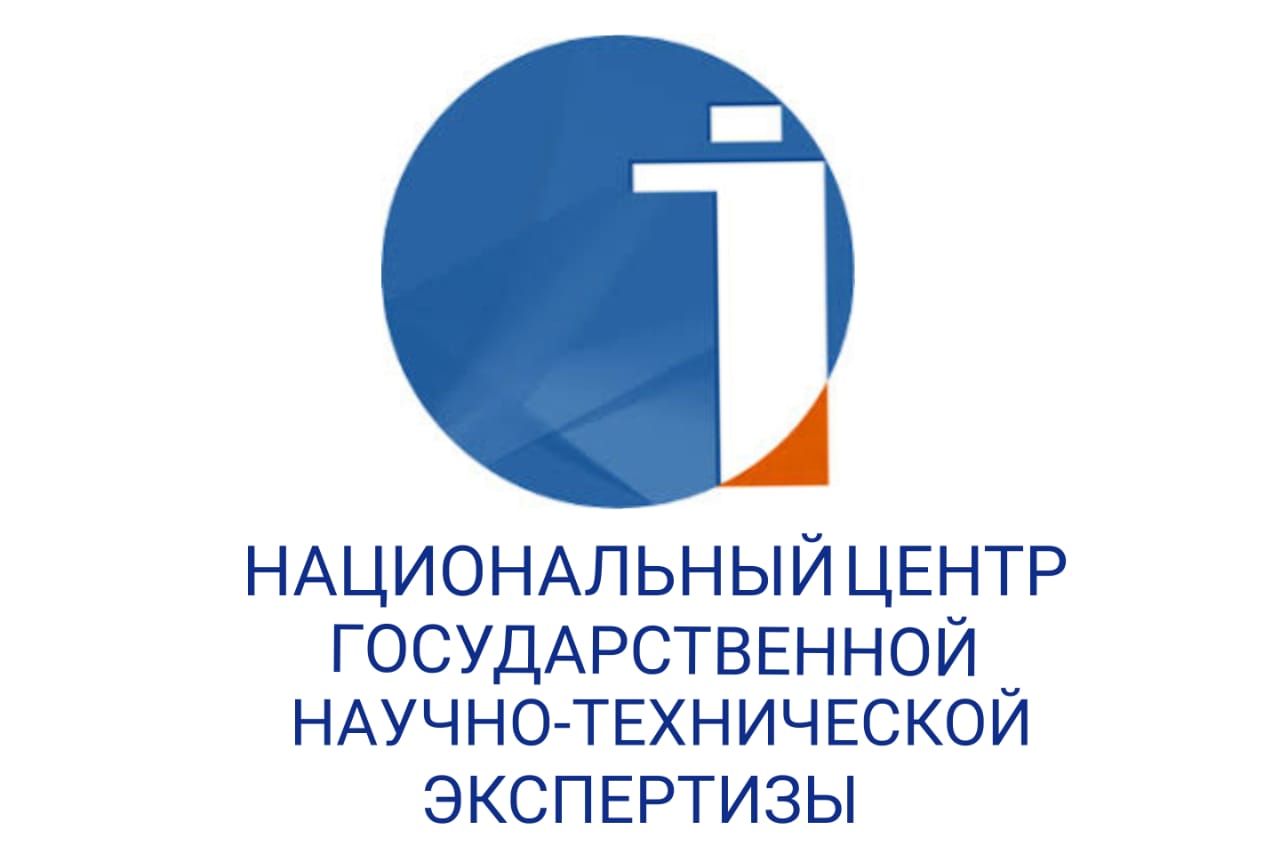SOME ASPECTS OF MULTIMODAL APPROACH IN SECOND FOREIGN LANGUAGE TEACHING
DOI:
https://doi.org/10.48371/PEDS.2025.77.2.028%20%20%20Keywords:
multimodality, second foreign language, learning styles, types of perception, multimodal techniques, intercultural competence, differentiation, soft skillsAbstract
Effective formation of prospective foreign language teachers’ competencies hinges on improved teaching methods and the integration of new technologies. So, this article focuses on enhancing the second foreign language (SFL) pedagogy within the “Foreign Language: Two Foreign Languages” educational program (hereinafter “EP”). The role of the second foreign language (hereinafter “SFL”) as a key element of the EP is pointed and its relevance to the strategy of multispecialty training of future teachers is identified. The main aim of the study is to justify the prospects and integration of multimodal approach in SFL teaching in higher education. The article also proposes and evaluates some aspects of a multimodal approach to second foreign language instruction within the university’s “Foreign Language: Two Foreign Languages” program specifically for students with the native language of instruction studying German as an SFL. The analysis of the foreign and home scientific literature on the multimodal theory was conducted in accordance with the purpose of the study. Building on existing research in multimodality, the research uses a mixed-methods design, incorporating observational data and online surveys of second- and third-year bachelor’s students to evaluate the effectiveness of the proposed model. Analysis, employing Likert scaling, confirms the mostly positive impact of the multimodal techniques in SFL teaching. The findings demonstrate the positive impact of the proposed multimodal methods which were designed to engage multiple perceptual channels. The study concludes by presenting the model and its constituent methods, highlighting the crucial role of careful method and task selection.








